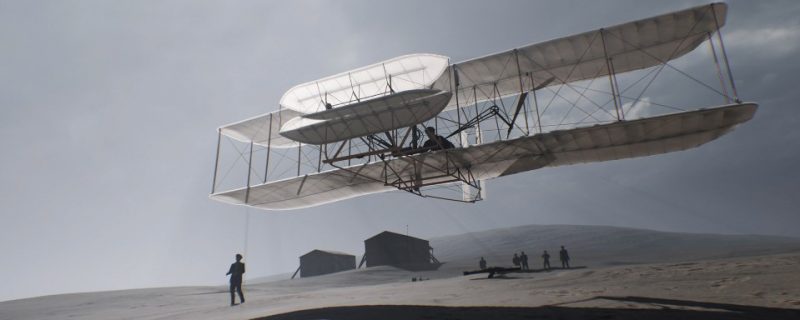
It’s easy to think of VR just in terms of gaming — sitting in the cockpit of a fighter in Eve: Valkyrie, hanging onto the side of a mountain in The Climb, raising shields and firing photon torpedoes in Star Trek: Bridge Crew.
But virtual worlds will have a huge impact beyond games.
“Perhaps the biggest impact will be social and in the way we observe each other and the world,” suggests Roy Taylor, Corporate Vice President Alliances, Content & VR at AMD. “I believe we will gain greater empathy with each other, the environment and the planet because we will, for the first time, be able to walk in other people’s shoes.”
We’re already seeing this in action. How about walking in Buzz Aldrin’s shoes in The Apollo 11 VR Experience, which recreates the historic 1969 moon landing? VR will let you fly the command module, pilot the Eagle lunar lander and explore the Moon’s surface in the ultimate documentary. Almost like being there.
With a VR headset and a VR-ready PC, you get to be a time traveller.
Exploring virtual worlds
But where could you go? You could travel back 65 million years (give or take) to walk among dinosaurs in Crytek’s forthcoming VR adventure Robinson: The Journey. Or travel back to 85 AD and visit the Colosseum during its heyday, when 50,000 cheering Romans watched gladiators do bloody battle on the sand.
Last year, AMD worked with Halon/Matter VR and the Smithsonian museum to create ‘First’, a deeply immersive, first-person experience that chronicles the Wright Brothers’ first flight in virtual reality. Put on a headset and you’ll find yourself back in 1903, standing on the beach at Kitty Hawk, watching Orville Wright pilot the first powered aeroplane. It’s breathtaking.
Timelooper for Android and iOS offers another glimpse at how VR will allow you to travel back in time. Visit the Tower of London today, view it through the app and you’ll see what the area looked like 750 years ago during the medieval era.
VR time travel
“We actually overlay the current infrastructure with what the infrastructure of the tower and the surrounding environment was like in 13th century London,” Timelooper cofounder Andrew Feinberg told phys.org. “So for example, now you see a Starbucks and now you see the tower as it looks today with the moat drained. When we take you back in time, you actually see the historically accurate representation of the tower in its heyday.”
What would it take for Ubisoft to resurrect the historic worlds depicted in the Assassin’s Creed series and give them the VR treatment? Imagine being able to freely wander the streets of old Jerusalem or ride a steam train through Victorian London.
A book can give you the facts about a place, painting a picture in your mind’s eye. A museum can show you relics that you can rarely reach out and touch. Virtual worlds have the potential to let you experience history. See things you could never see. Do things you could never do, like walk around an eerie, irradiated Chernobyl or follow the story of Syrian refugees fleeing the horrors of war.
“Our knowledge and understanding are about to be radically altered,” says AMD’s Roy Taylor. Games might be driving virtual reality, but VR experiences and virtual worlds like the ones here (and those to come) will revolutionise how we see history, how we see each other, and maybe even how we see the real world around us.
Experience new virtual worlds with SAPPHIRE VR-Ready graphics cards.








.ashx?h=150&w=150&la=en&hash=24168C5CEC201B8F631C1A0853D5EEEF9D8CDB47)








